AYP Insider: Great Shots Without All The Gear

The Conundrum
Inspiration can often be a fickle mistress. She rarely takes into account convenience or situation. On one particular Saturday, I was out to dinner with a friend. We were roaming the streets of San Francisco and decided to take the long way to our destination. We end up passing some amazing shop displays and great textures, any number of which I would have loved to have shot with my usual compliment of gear, none of which is reasonable to walk around with in the city. Nothing puts a damper on a night like a giant photo backpack and an arm full of light stands, but, there in front of me, is the shot that I’d loved to have taken. To get the light fill I’d need to properly light my friend and the shop display, I would need an off camera flash and a softbox.
I make a hasty attempt at the shot using my trusty iPhone and we walk on. The shot is, of course, not even close to the desired image. Between dumplings and gulps of tea, I start thinking of more shots I could have taken along our walk and I grumble quietly to myself for not being ready to capture the images in the moment.
The Solution
I vowed to not let this happen again. It’s entirely unreasonable to consider carrying a full photo rig with me everywhere I went so I started looking for ways to achieve the images I wanted with the least amount of gear possible. I resolve to carry a medium sized camera bag that doesn’t scream “photographer” and started putting the kit together. There were certain compromises I was willing to make. For example, there was no way a full size DSLR was going to make the cut. Even the barest setup, a 5d Mark III with a 50mm f/1.4, would take up a majority of the bag. Instead, I went with a Panasonic LX7. Why not a rebel or some kind of small DSLR, you ask?
3 reasons:
1. If I’m going for a cropped sensor, I might as well leave sensor size out as a consideration altogether. This means I stick to my first priority, which was portability. The LX7 is tiny. It is a quarter the depth of a Rebel (T5i with 18-55mm) and less than half the weight.
2. In a pinch, I could ditch the bag in my car and carry the camera by itself. Carrying a DSLR of any size or type is not exactly inconspicuous and there are places that will out right refuse admittance with such a camera. These same places won’t even take a second look at a “Point and Shoot.” Try going to an NHL game some time with a huge lens and see what happens.
3. The LX7 was the only compact camera on the market that, at it’s widest, sported an aperture of f/1.4. Awesome. This doesn’t mean you’re going to be able to get that magical short depth of field that you want because of the sensor size, but it means that you can shoot at 80 ISO in lowish light.
Seeing the Light
Here’s were the rubber met the road for me. What I really wanted was a way to use an off-camera flash. My solution was to buy some inexpensive remote triggers from Amazon.com ($30) and a few pocketable tripods ($12). Sure, I don’t have ETTL. This means having to manually adjust my flash (or flashes) from shot to shot. Like anything, practice this enough and you’ll become very quick at adjusting on the fly. I’m able achieve lighting effects that a mere on-camera flash couldn’t and I can do it with gear that could fit in a small paper bag.
Here are a few tips to make the most of your portable lighting rig:
1. Rubber bands are your friends. I usually have 3 or 4 in my bag at any given time. Attaching things like business cards or pieces of paper to your flash is a breeze.
2. As mentioned above, business cards make great bouncers. Twisting and bending them can also give you some interesting effects.
3. I also occasionally use credit cards and the like to create “Gels.” The trick with this is upping your flash power to compensate for how much less reflection you’re going to get off a more opaque surface. Experiment with different cards to see what surfaces give you the best results.
4. Receipts make great diffusers. You can roll it into an arch that allows you to control the shape of your light. Folding the receipt also gives you various levels of diffusion.
Big Guns?
I’m not saying there won’t be times where I won’t pull out a 5D Mark III with a 24-70mm. The power I wield with my portable kit negates the need on most days. This means that my large kit will rarely come out unless I’m doing a paid shoot or I’m looking to produce a very particular image. Having a small rig has been liberating. For all of you who want to produce images beyond what you can snap with your phones, assembling this type of kit will change the way you shoot.


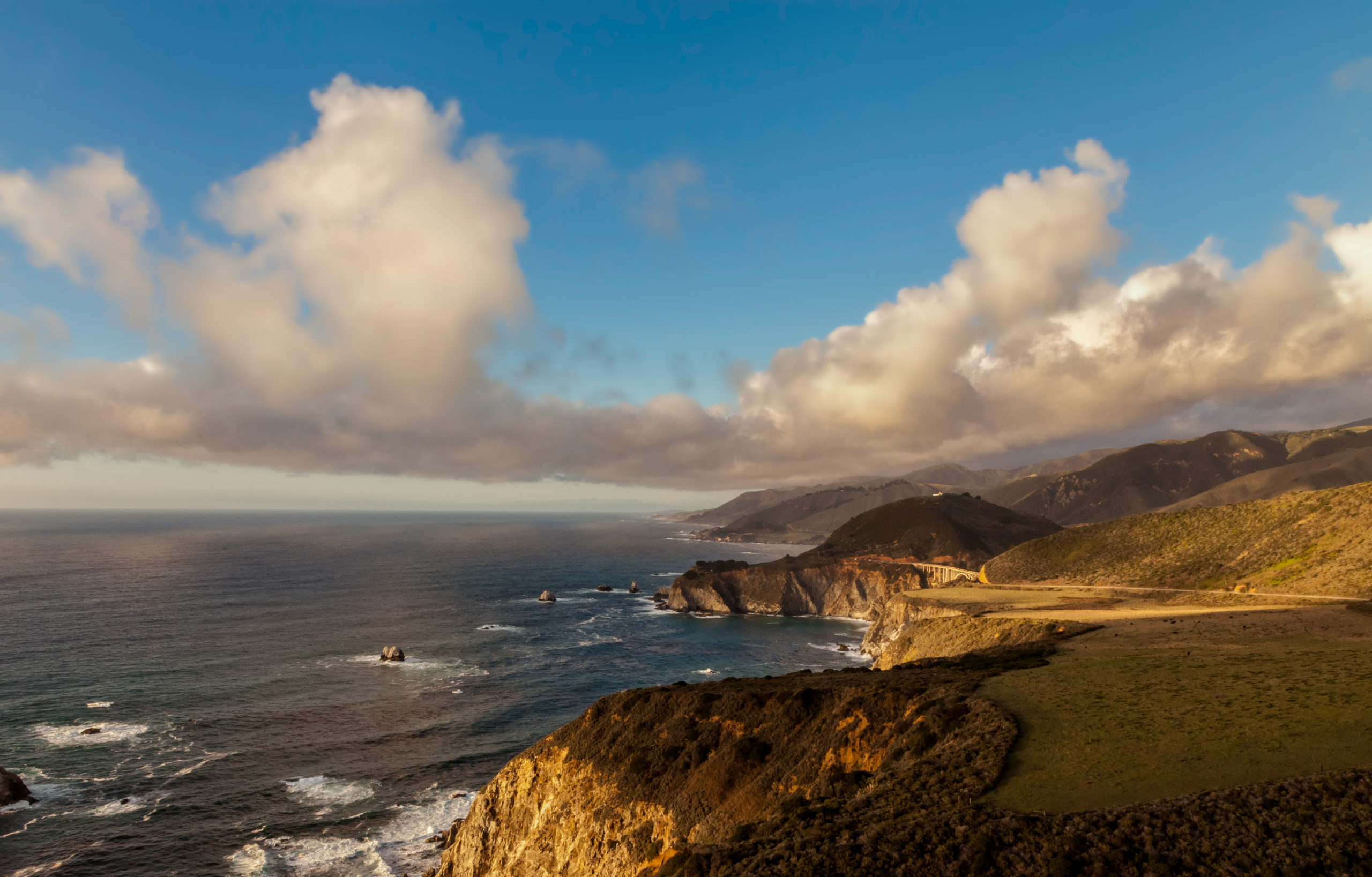
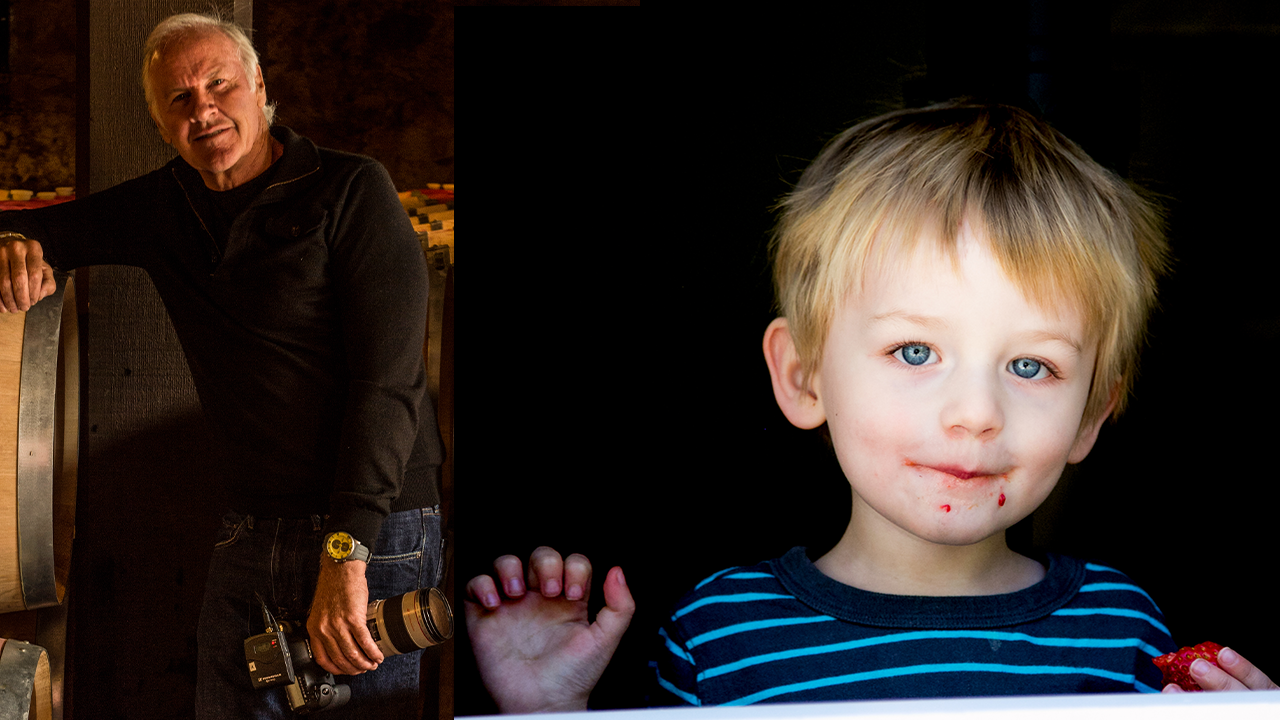
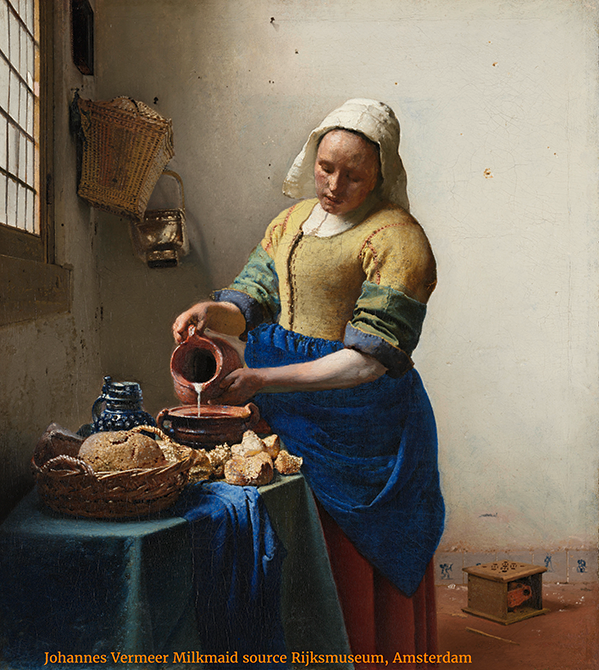
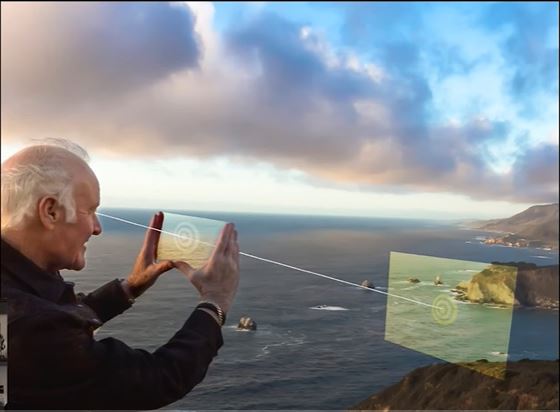
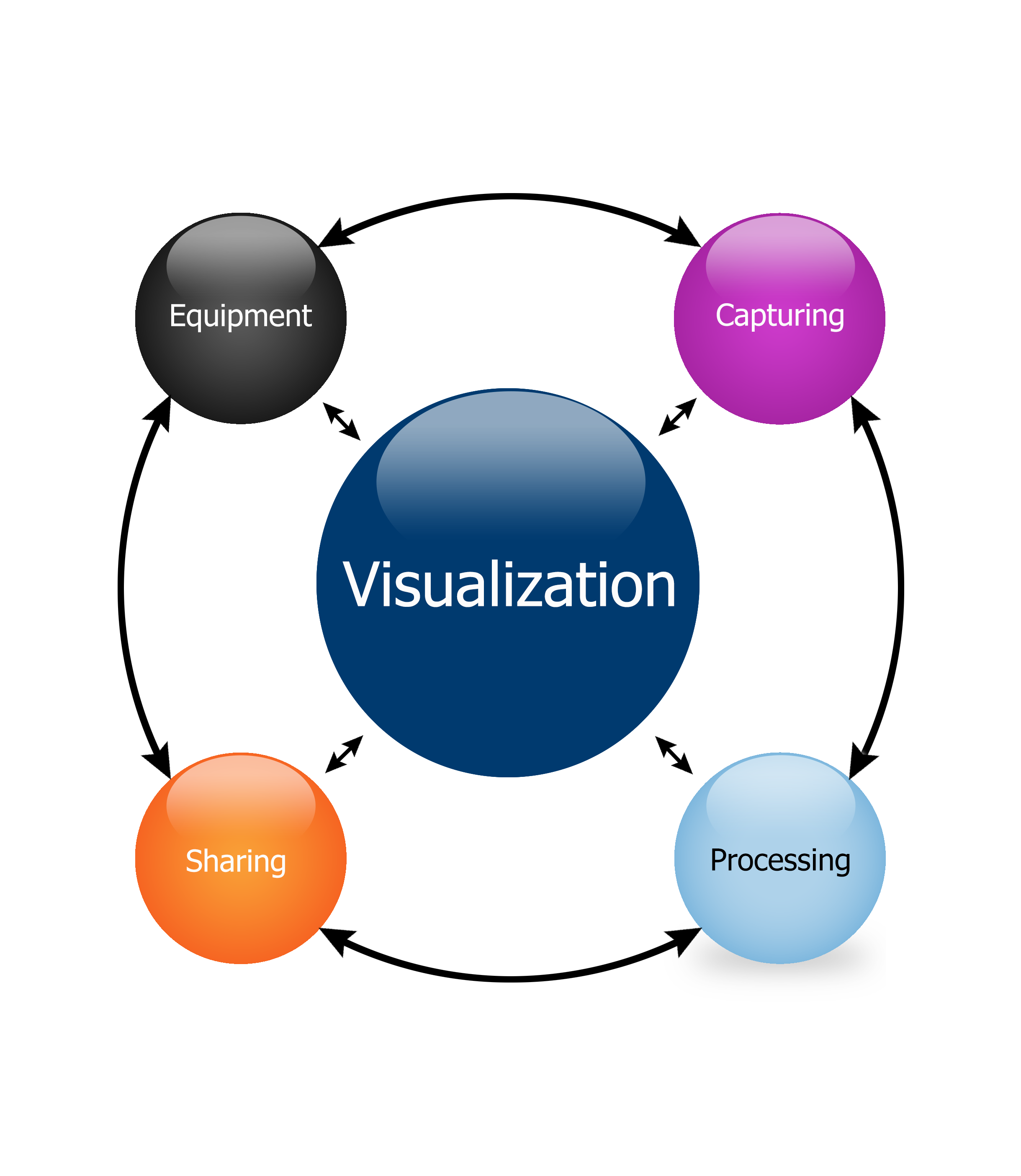
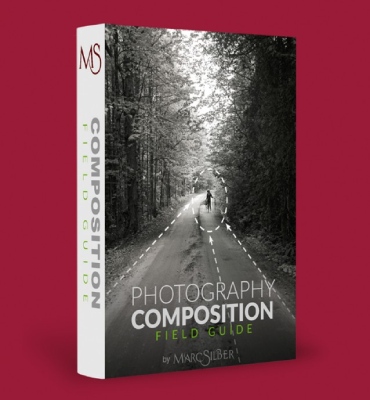
Leave A Comment
You must be logged in to post a comment.